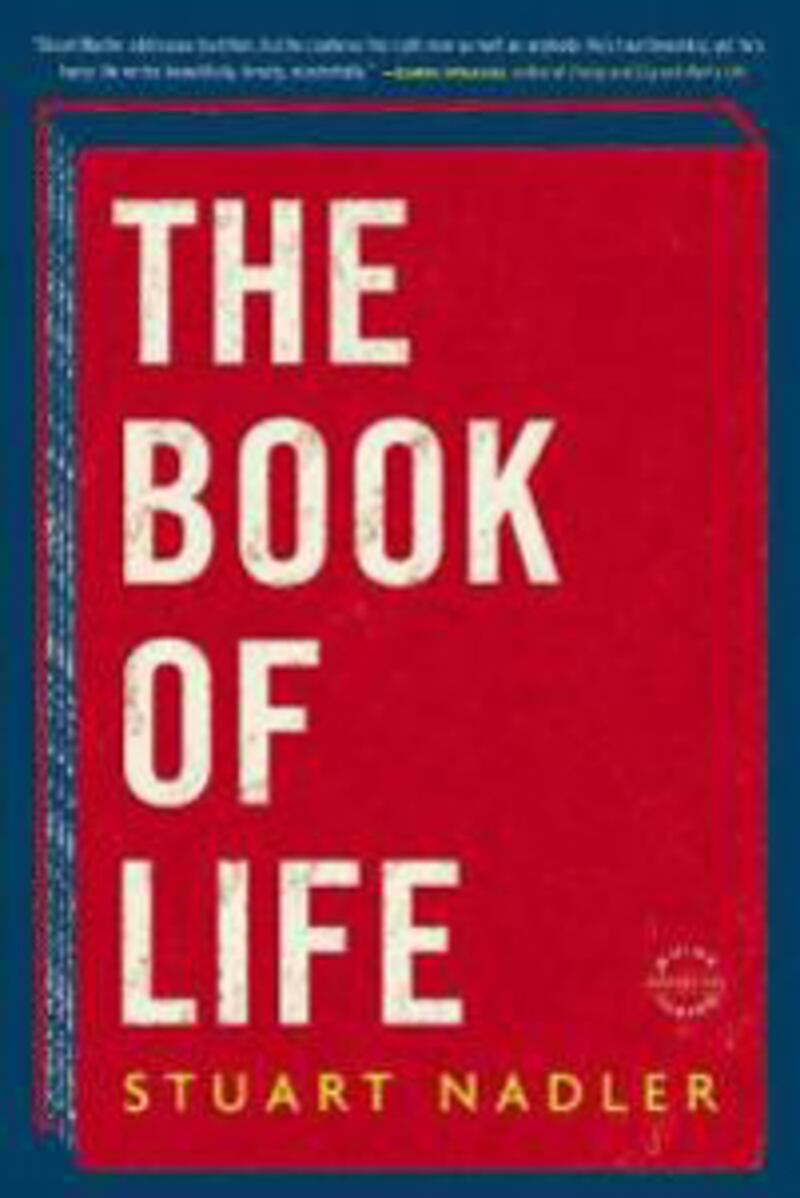To Be Young Was Very Heaven

A kid washes in from Jersey. He's weird-looking, with a not very urbane, sentimental aesthetic; he's backed by a neighborhood bar band. He drives home to Jersey after his gigs. There's another girl, also from Jersey, who moans her poetry to music, and thinks most mainstream music is full of shit. There's a maniac who rents Yankee Stadium, not knowing how to fill the seats. There's a Lower East Side bar, specializing in country and blues. There's a guy with some home stereo equipment, trying to carve out a living as a DJ. It's 2012, and they're all doomed.
Or is it 1973? And are we talking about Bruce Springsteen, Patti Smith, a legendary Latin-music concert, CBGBs (country, bluegrass, and blues), and DJ Kool Herc? What do you make of a sorta-hippie rock star financing drag-queen musicians garbed in condoms? What do you make of hucksters trying to capitalize on bands that haven't yet learned how to play? New York in the '70s made the future: Ziggy Stardust, and punk.
Rock is now mega-corporate, beholden to global conglomerates, and young rock stars are more likely to be in league with the Tea Party than the Communist Party. If rock lives, it is reconciled to its fate. If it's dead, it's undead, like the culture at large: ambulatory in the age of Twilight. Will Hermes, in Love Goes to Buildings on Fire: Five Years in New York That Changed Music Forever, traces the unimaginable: the age when the revolution happened. For better or worse, New York in the '70s melded world music and radical culture to mass-market sales. In the realm of music, that was the revolution, and while Lou Reed and Iggy Pop may be today's rock royalty, they were the gutter revolutionaries of their time. That their courage was met with reward is one of the great exceptions of the 20th century.
Hermes, with an ambition to tie together the threads of rock, jazz, Latin, Caribbean, R&B, and the onset of hip-hop music, is relegated to the familiar; given his breadth, he doesn't have much latitude for esoterica. But the year-by-year span of Love Goes to Buildings on Fire (titled after the Talking Heads song) is remarkable, and Hermes's measured telling yields something very much like enlightenment. At its best, the book provides that glimpse of understanding reserved for cultural aesthetes and divinity; while the New York Dolls throw rent parties at their loft on 119 Christie Street, a few blocks away Sam Rivers books gigs at his Bond Street loft, soon to be the performance space RivBea.
Hermes places his emphasis on rock and jazz, with a particular focus on the development and influence of the New York Dolls, Patti Smith, and Bruce Springsteen. But Hermes also delivers on his stated objective, to carry out a broad-stroke chronology of "music made new" in '70s New York. Hermes's interest isn't all New York music; it's New York music that intersected with currents mainstream enough to find a national, even a global audience. He argues for the influence of a New York scene, and while the claim is uncontroversial, many of the details, the peculiarities of history, are delectably surprising.
Punk, for example. Malcolm McLaren was in New York, checking out bands, years before he invented the Sex Pistols. The New York Dolls, as characterized by Hermes, were not a satellite New York phenomenon, but a precursor to the punk movement. As an adolescent, Steve Jones tuned in to the Dolls on a 1973 airing of the BBC music show The Old Grey Whistle Test. Hermes quotes the future Sex Pistols guitarist: "They was just all falling about all over the place, all their hair down, all knocking into each other. Had these great big platform boots on. They just didn't give a shit, y'know? I thought it was great."
Idyllic. David Bowie at the back of the club, signing bands. A truckdriver calling out to Debbie Harry: "Hey, Blondie!" A curious borderless-ness of categories: artist as musician, à la Laurie Anderson; DJ as producer, à la Tom Moulton; the multi-culti roots and evolution of disco. But Hermes also recalls the resistance to change; the lost battles. The society woman who, bolstered by an audience of booing Carnegie Hall–goers, charged the stage and wailed at Philip Glass, "Stop, stop—I confess!" Neither does Hermes shy from the greater tragedy, distilled to a few words by Village Voice critic James Wolcott in 1975: "What's changed is the nature of the impulse to create rock. No longer is the impulse revolutionary—i.e.: the transformation of oneself and society—but conservative: to carry on the rock tradition."
Hermes's history is exhaustive, and with more than enough in the way of connective nuance and illuminating anecdote—but the single criticism of the work is in Wolcott's "carrying on of tradition." No-wave, for example, a New York development with an influence yet partially acknowledged by normative music criticism, is mentioned by Hermes just once. Love Goes to Buildings on Fire is a symphonic history of music, and an evocative portrait of a New York long gone—but occasionally, one wishes that Hermes had dropped the snare and banged the drum.
—John Reed
Life, Full Stop

In the first story of Stuart Nadler’s debut collection, ambitiously but not inappropriately titled The Book of Life, the narrator gives us the following about a character embarking on an affair with his best friend’s daughter: “All of Life came down on two sides, he believed: that which was within his control, and that which was not.” In these arresting and deeply imagined stories, characters are forced to deal with the realization of just how much of their lives falls into that latter category, despite their best efforts to organize the world around their expectations and desires. Shot through with the tension between tradition and modernity that seems to be the purview of the late (and now early)-century fictive Jewish-American male, Nadler’s work is at the same time nourishing and accessible, and he is a major talent to watch.
For subject matter, Nadler takes on nearly all of literary fiction’s meatiest subjects, such as family, death, aging, and infidelity. (Oh, the infidelity! Six out of seven stories contain characters schtupping that which they should not schtupp.) Simple premises expand explosively and beautifully, both outward and inward, until each story, without being overlong, seems to contain the full record of the damage that life has wrought on the characters within. In one, a son returns from his first semester at college to discover his cuckolded father struggling to find the decent way forward. In another, estranged brothers dealing with the sudden deaths of both their parents come to blows over a broken liquor cabinet, the fountainhead of the family disease. And the best story of the collection sees a man attempting to help his rabbi grandfather, whose congregation has finally managed to oust him, in any way he can, even if that only means getting him into Fenway Park once before he dies.
Will you forgive me for describing these stories as eminently “readable” if I define what I mean? Nadler’s prose fits his intentions perfectly. It’s present and strong, to be sure, but never indulgent, always serving the story or characters, and nothing more. The effect is one of being driven forward through the pages on two levels, engrossed in the plot, but also enchanted by the devastatingly earnest humans whom the plot is battering. Fancy prose here would be more than unnecessary, it would be a mistake; there is no reason for a writer to try and shoehorn in extra aesthetic effect when he can tell a story this well.
There is, sadly enough, something of a stigma against the contemporary short story; namely, that it exists primarily for authors to cut their teeth, to get their names into journals and anthologies, establishing skirmishers to drum up some anticipation and market space for that first novel. Of course, this self-fulfilling prophecy is silly to devoted readers of the form, and this book is a reminder of not only the pleasures that the short story can offer (concision, compression, and acuity among them), but also of the powers they hold when presented together in a cohesive cycle. Although they all stand strongly on their own, these stories reverberate together in a way that a novel never could. None of the characters recur from story to story, but it’s easy to see how they all exist in the same universe of Nadler’s, not just a universe of similar phenomena, but a deeper shared emotional conception of the world, where pain and confusion is omnipresent, but where redemption is still, always, within reach.
—Nicholas Mancusi
Down the River

With flaky suits like T.—the real-estate tycoon central to Lydia Millet's 2008 novel How the Dead Dream—running the show, it's no wonder the housing market precipitated a national economic meltdown. In that book, T. suddenly and somewhat implausibly comes to eschew profits for protecting endangered animals. This hippie in corporate wolf's clothing is back in Millet's latest, Ghost Lights. Well, that's not entirely accurate, as T. is not technically present when the book begins. He has disappeared into the jungles of South America, leaving his company foundering and on the verge of collapse. There has been no word of his whereabouts, and people back home—including his devoted employee Susan—begin to panic.
Susan's husband, Hal, an unassuming IRS agent, is himself uneasy, but not so much about T.'s disappearance. Hal, perhaps paranoid that his dinner-table conversation about 1099s is no longer as exciting as it once was, suspects that Susan is sleeping with T.'s other employee, Robert. Hal also believes himself partly culpable, as the couple had lightly dabbled in free love when they were younger. It didn't amount to much, and culminated with (at least as far as Hal knows) Susan once kissing a foul-smelling European in a foreign cinema, but of course “in due time the Frenchman retreated, as they were wont to do.” This latest transgression with Robert the paralegal strikes him as a much more serious issue. In a drunken act calculated to win back Susan's love and also partially to inhabit the role of martyr, Hal volunteers to fly down and find out what became of T. After all, tracking down delinquents is what he does, and it would allow Susan time to think about what she has done. At the very least, Hal thinks, knowing he is in an alien land risking life and limb for a person she cares deeply about will sour the pleasure she is taking in cuckolding him.
At first, the idea that Hal would go to these geographical and emotional lengths just to make some kind of passive-aggressive point to his wife is kind of hard to swallow. After all, who among us has not had a few too many drinks at the dinner table and made sweeping, head-scratching pronouncements that we immediately recant in the light of day? That he would follow through on it just doesn't seem like the rational type of thing an IRS guy would even consider, let alone do. His wife and paraplegic daughter (who, Hal learns, has recently started working as a phone-sex operator) are impressed and horrified by equal measure at his resolute decision to rescue T.
With Lydia Millet at the helm, though, the motivations matter less than the journey. As Hal navigates this humid and strange land, he encounters a number of interesting characters, including an extremely helpful and blonde German family, a stereotypically obnoxious New York hipster couple, and some bros from the American Embassy who just really like to party. For Hal, it's as much a journey of self-discovery as it is a search and rescue. And through him, Millet has a perfect vehicle for her dark, understated wit and tendency to upend narrative expectations.
As he travels deeper into this heart of darkness, Hal gradually accepts that he's a self-deluded hypocrite who is at least indirectly responsible for most of the problems that have befallen him. At last, Hal understands: “He had lost them, and only realized the loss now, like a bolt, shocking. Like a nightmare: time shifted and the years of your life were gone. The light shimmered sideways over the water ... He was like an enchanted man. That was who he had been, all these years, a man under a spell, a man absent without knowing his own absence. He had been gone, but he had not noticed. He had not noticed himself or Susan, had noticed neither of them. All he had known was remorse. He spent his life knowing it.”
Although Millet is at her best when venturing outside the lines of strictly realist fiction (Oh Pure and Radiant Heart and Love in Infant Monkeys come to mind), this meandering three-part tale (the second in a proposed trilogy with the third book due in 2012) of a group of people trying like hell to break out of their various life traps is engrossing as it is cautionary. Millet reveals what Hal, T., and the rest of us all know deep down, that we're each of us responsible for the choices we make.
—Drew Toal








